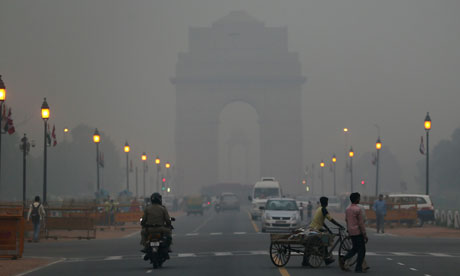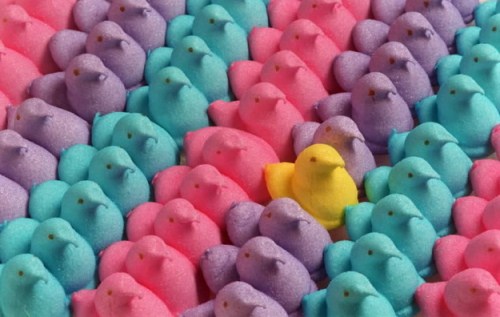AUTHOR : ROBERTH GALBRAITH (J.K ROWLING)
PUBLISHER : SPHERE BOOKS
PUBLICATION DATE : 4TH APRIL'13
ISBN : 9781408703991
SYNOPSIS
The Cuckoo's Calling is the first novel in the trilogy by Robert Galbraith (J.K Rowling) in the detective series featuring the private detective Cormoran Strike and his secretary/ accomplice Robin. The story is set in present day London.
Cormoran Strike is a war veteran, who lost his leg during the war in Afghanistan. Working as a private detective, he is under going a torrid time. Emotionally he is suffering because of a break up with his long time girl friend, Charlotte, and financially he is immersed deep in debt. Without any new clients for his practice, he is forced to live in his own office.
The temp agency keeps sending him secretaries which he neither needs, nor can he afford. The latest of them is Robin, a 25 year old smart, clever woman, who secretly was always fascinated by the world of detectives and investigators.
Strike gets a lifeline when John Bristow hires him for the case of the supermodel, Lula Landry, John's step-sister. Even after the police have declared that Lula committed suicide, John is not convinced and wants Strike to handle the case. Reluctantly, Strike accepts, even though he himself is not convinced that it is murder.
Strike sets out to join the pieces together by delving deep into the life of Lula Landry and her social circle. With significant help from Robin, Strike manages to solve the mystery and unmask the actual murderer.
MY TAKE
In the world of crime fiction, I doubt whether I have read anything better than 'And then there were none' by Agatha Christie. The mystery was unscathed throughout the novel and the ending was totally unpredictable. Probably every other murder mystery that I have read after that have been predictable in one way or the other. When there are a limited number of characters involved, and hence, the number of suspects, you tend to expect the least likely one to be the killer (it would seem stupid if the person under most suspicion is also the murderer).
It is a similar case in this book. I will try not to give out any spoilers, but I kind of guessed who the killer is at the beginning. But I think by the time I finished 80% of the book, I wasn't too sure anymore. I was suspicious of ALL the characters and could not put my money on just one of them, and that is where I think the author has done a great job.
One reason for that is that the characters are all very interesting and well thought out. We are taken into the characters' back stories and the opinions that the other characters hold for them, which gives us a good insight into their lives. They all have their own distinct individual identities which helps keep a track on who's who.
The book does not go at a breakneck speed. Most of it is Strike interviewing one person or the other, till the final showdown between Strike and the murderer. But that does not mean it is a snail-paced one either; it just moves at a steady pace, which is fine for me.
One particular thing that I absolutely loved about the Harry Potter series is the simplicity and clarity. I am not a literary genius to pass a judgement on how great the writing is, but if I can understand what the author intends to convey easily enough, I enjoy reading it even more. I was not disappointed by this book either. The conversations and sequences just flowed and I never had to re-read any of it I think.
So overall, I would say that even though this is not the best book I have ever read, I still enjoyed reading it a lot. My initial skepticism about knowing who the killer is was quashed quite effectively by the end and I can't wait to read the next novel in the trilogy, The Silkworm.
If I have to rate it, I will say 7.5/10










